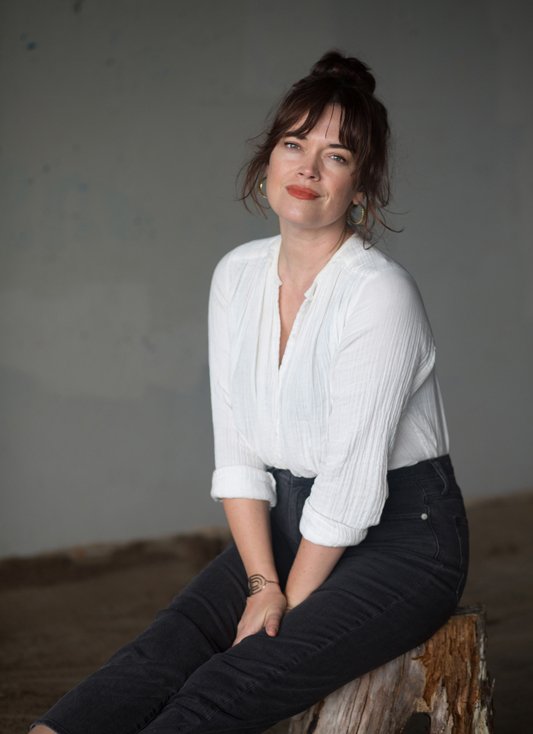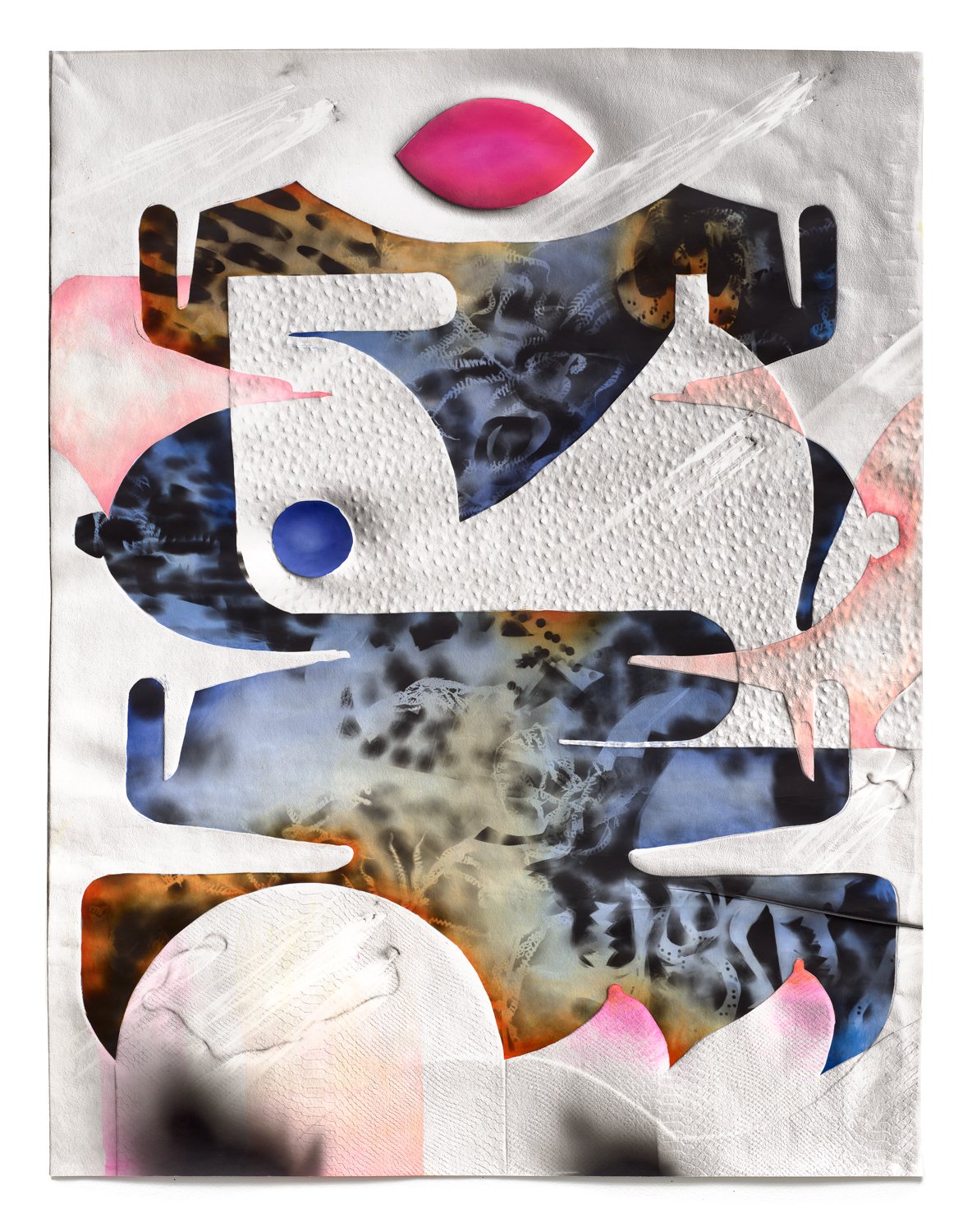KLEA MCKENNA
Klea McKenna talks about art and her creative process.
Mom Friends ©KleaMcKenna
FAME: Where are you from and how did your passion for art start?
KM: I grew-up between West Sonoma County and the Big Island of Hawaii. Both very rural and in Hawaii we lived “off-the-grid” with no electricity, in a one-room house my parents built, so very much engaged with nature. In Northern California as an adolescent, I was a dancer, but in my teen years I got into photography, and it gradually took over and became my medium of choice. In my family and the counterculture, I was raised in, I didn’t have many examples of people who had regular or professional jobs, so I wasn’t aware of what options were out there and creativity came naturally (as it does to most kids) so I just rode that momentum. I’m the kind of person who works hard at whatever I happen to be doing. By the time I realized there were all different professional paths and even ones that incorporated creativity, I was already pretty far down this one. Working with light and the photographic medium had become my voice.
FAME: What brought you to SF?
KM: I lived in Europe for a while after college, working service jobs and exploring, and then I returned to the Bay Area in 2004 (thinking it was just a brief pause to regroup and save up before more travel). But I fell in love and then went to graduate school here, so here I am 20 years later, still living in SF, married with 2 kids!
FAME: What is your creative process like?
KM: My primary medium is light sensitivity, which means most of my work begins with analog photographic paper and a very physical, hands-on approach. Several years ago, I developed a technique for making black and white photographic reliefs, which are a type of cameraless photograph or “photogram”, but in this case they are made through texture and pressure. I first worked with patterns in the landscape such as tree rings and cracks in concrete and stone, which I would hand-emboss into the photo paper outdoors, at night. I later brought the process indoors and began using an etching press to emboss embroidered fabric into photo paper.
In my current work, instead of relying on found objects from nature or material culture, I am inventing my own forms to imprint and those become the underpaintings that I then build on. I cut shapes out of materials that have a texture or thickness to them: leather, fake snakeskin, vinyl, old paintings, and fabric. I arrange these forms in a sort of temporary collage, on the bed of a large etching press. Working in darkness I emboss this into the surface of silver gelatin photographic paper, then cast grazing light across the resulting texture. I add pattern and depth by casting shadow forms onto the paper. I develop these large, textured photograms in the darkroom. Once dry, I apply color by painting them with vivid fabric dyes.
I am currently working with a vocabulary of symbolic shapes that refer to the female body, but also have the crisp dye-cut edges of manufactured objects. I have been inspired by the unlikely shapes of unfolded cardboard packaging, which sometimes conjure a sort of ancient-future artifact or icon. I coax out these figurative shapes so that tabs, holes, and flaps become nipples, orifices, and wide hips. I apply ink directly to these modified boxes and print them using an etching press. These images, which evoke both ancient effigies and robotic beings are then studied for the larger photographic reliefs. So whether I am working with intaglio prints or photographic reliefs, this same lexicon of forms keeps appearing and evolving. It is definitely informed by my own experiences of womanhood, motherhood, and embodiment and I am always looking at archeological sources and images.
Tiger Lily ©KleaMcKenna
FAME: How long does one piece take you to complete?
KM: It varies greatly; sometimes a piece takes shape gradually over many months… through sketches and templates and planning. That’s usually how it begins. Ideas need to brew for a while, but then once I shift into production mode, it speeds up and I make decisions very quickly and intuitively. There is a lot of risk and thrill and a pretty high failure rate. The moment of exposure to light is always brief, mere seconds, that’s the nature of the medium. But then once the photographic part is made I can slow down again and paint into them very gradually, building the translucent color up in layers until it feels alive.
“There are all different ways to experience art and all are valid.”
FAME: What are three common misconceptions people have about art?
KM: 1- That it’s not for them. I think we often feel excluded by things we don’t understand. For years, I felt this way about painting (even with an extensive art education), I thought I just didn’t “get it”. Through friendships with painters I realized that I didn’t need to understand it in order to feel it. There are all different ways to experience art and all are valid. I love how Sister Wendy talks about this. Look her up if you haven’t. She is this wonderful British nun who makes art history accessible.
2- That making art is just play and therefore is always easy and fun. It’s a privilege to be an artist and to be able to put my heart into my work, but work is still work and the more you care about your work, the more you strive and struggle to do your best.
3- That art can or should be a-political. In my opinion everything is political, but it doesn’t have to be overt. In a capitalist system that pushes us to constantly consume what others are producing, the act of slowly hand-making anything can be understood as an act of resistance.
Shepherdess ©KleaMcKenna
FAME: Do you prefer commissioned or un-commissioned work?
KM: Most of my work is made in preparation for an exhibition, so I think of it like creating an album; each work exists in relation to the other pieces and together they form a larger story. That said, I have always liked the framework a commission or assignment provides and I find that working in response to a prompt or within certain parameters can be really generative and allows me to explore something I might otherwise pass over. Commissions often allow me to revisit a previous body of work and take it further.
FAME: Which artist has been the most influential for you?
KM: Pina Bausch. She is considered to be the mother of Dance Theater, and her best works involve all the senses. She used pedestrian or vernacular movements, like small, everyday gestures, but then through repetition or context they would become these deeply emotional scenes that transcend language. It’s very human and primal, the way she communicated emotion. Of course, it is an entirely different medium than my work, but a lot can be learned from her approach.
LifeHack-Combo ©KleaMcKenna
FAME: What do you love most about what you do?
KM: I feel so grateful to have a job that allows me to process my thoughts and feelings through my work. As a mom to young kids there is no room at home for my own subjectivity or for me to process what I am witnessing happen in the world. But unlike most people, artists get to put all those feelings into our work, and it actually improves the work. That catharsis has saved me many times.
FAME: What is the piece that you are the proudest of?
No Feeling Is Final ©KleaMcKenna
KM: I made a very experimental and processed-based piece called “No Feeling is Final” during the early months of the pandemic. It grew and grew and eventually was shown as a large installation at SFMOMA in the 2021 exhibition “Close to Home”. It’s not necessarily my favorite piece, but it feels the most miraculous and it touched a lot of people. Many people reached out to me to tell me what it meant to them and that felt meaningful. There is a short video about the process here.
FAME: What is next for you?
KM: Well, in 2023 my book Witness Mark was published by Saint Lucy books. It covers a seven-year period of my work (2013-2019) as well as personal writing and essays by others. I am deeply proud of it. Now that the book exists, I feel liberated to leave that era behind and lean into the messy, unvetted weirdness that has characterized the last few years for me. I am making work now that is less elegant, but perhaps more emotive and more responsive to the moment. I’m incorporating methods from different mediums to create hybrid techniques that bridge photography, printmaking and painting. So, there are a lot of possible directions it could go and thankfully, I never run out of ideas. I am limited only by the hours in the day and the cost of childcare. I’d love to work on more collaborations. I miss the camaraderie of ensemble work and cross pollination.
Maiden Mother Crone ©KleaMcKenna
Mammals ©KleaMcKenna
More info about Klea’s work:
Follow Klea on Instagram
Her gallery Euqinom
Current show in NY at Penumbra Foundation
SF Chronicle profile
©KleaMcKenna









